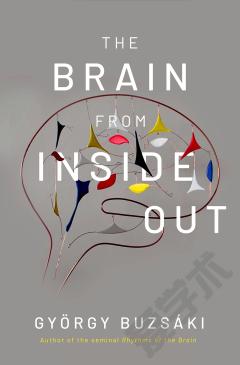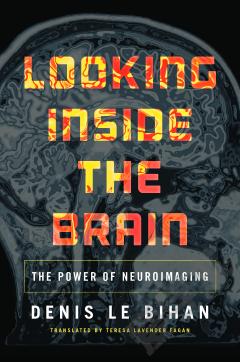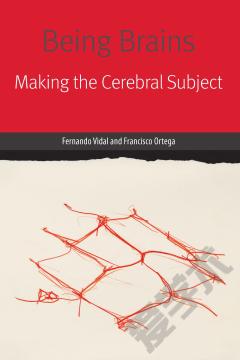The Brain from Inside Out
György Buzsáki's The Brain from Inside Out examines why the outside-in framework for understanding brain function have become stagnant and points to new directions for understanding neural function. Building upon the success of Rhythms of the Brain, Professor Buzsáki presents the brain as a foretelling device that interacts with its environment through action and the examination of action's consequence. Consider that our brains are initially filled with nonsense patterns, all of which are gibberish until grounded by action-based interactions. By matching these nonsense "words" to the outcomes of action, they acquire meaning. Once its circuits are "calibrated" by action and experience, the brain can disengage from its sensors and actuators, and examine "what happens if" scenarios by peeking into its own computation, a process that we refer to as cognition.
{{comment.content}}








 京公网安备 11010802027623号
京公网安备 11010802027623号